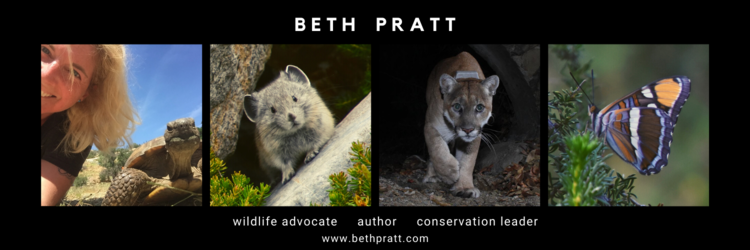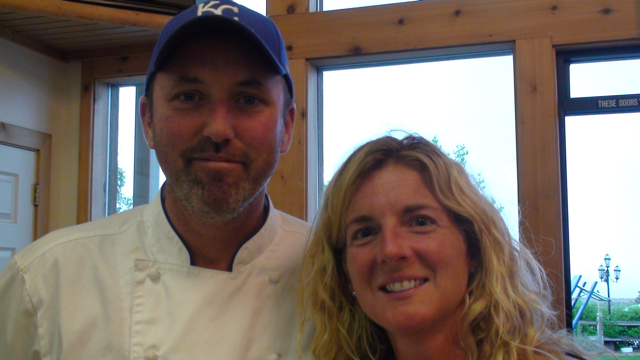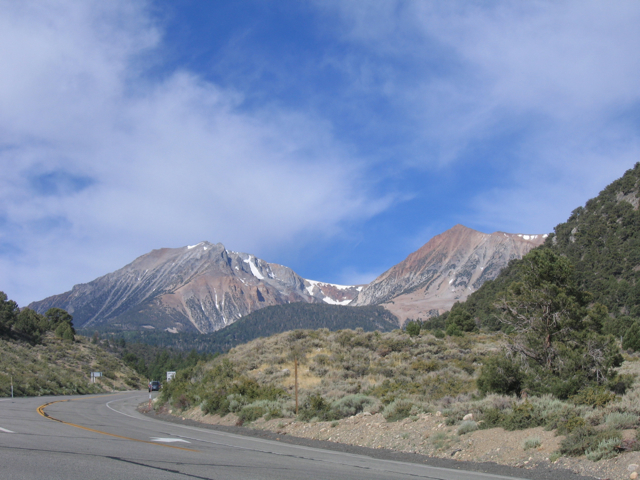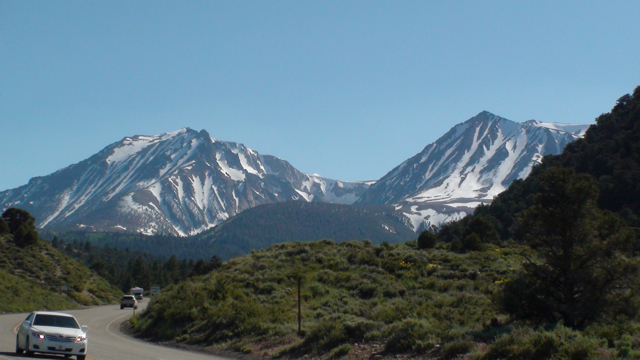 The Iconic Joshua Tree
The Iconic Joshua Tree
To celebrate the 75th birthday of Joshua Tree National Park, here's a tribute I wrote about a past visit:
Nestled among six mountain ranges and straddling the Mohave and Sonoran deserts, Joshua Tree National Park dispels the popular erroneous notion of deserts being lifeless and barren. One of our newest national parks (upgraded from a national monument in 1994), this wondrous, yet foreign landscape provides a paradise for naturalists, geologists, and archeologists alike.
A visitor may encounter a speedy roadrunner dashing across the terrain in pursuit of prey or a patient desert tortoise munching on a wildflower. In the Wonderland of Rocks, time and pressure have shaped fanciful sculptures from the granite—a toyland for giants. And the park’s namesake decorates the terrain with its outstretched limbs embarking in slow, gymnastic contortions as it reaches ambitiously and hopefully to the sky.
Spending time in Joshua Tree is akin to wandering into a Dali painting or a Dr. Seuss story—reality has become slightly askew, magical, and mysterious. During my visits to the park, I often think I have strolled into a dream. The trees themselves seem like friendly, ancient companions, real world versions of Tolkien’s fictional Ents. Even in death the trees retain their otherworldly character, as Mary Oliver describes in her bookThe Land of Little Rain, “After Death, which is slow, the ghostly hollow network of its woody skeleton, with hardly power to rot, makes the moonlight fearful.”
 Visit in 1991: I Still Haven't Found What I'm Looking ForIn my first visit to the park almost twenty years ago, I camped under a starry night sky and wondered if the trees were indeed ghosts—they appeared to vibrate under starlight. I felt comforted sleeping among such trusted sentinels—ghostly perhaps, but surely benign spirits.
Visit in 1991: I Still Haven't Found What I'm Looking ForIn my first visit to the park almost twenty years ago, I camped under a starry night sky and wondered if the trees were indeed ghosts—they appeared to vibrate under starlight. I felt comforted sleeping among such trusted sentinels—ghostly perhaps, but surely benign spirits.
Given that I was twenty-one and a passionate U2 fan, one purpose of that long-ago trip was to find theJoshua Tree from U2’s famous album. After arriving in the park and witnessing the ubiquity of Joshua Trees, I quickly realized the foolishness of that endeavor. During this most recent visit, one park ranger informed me the tree is sadly no more among the living.
 Cholla Cactus GardenThe garden of the furry, teddy bear cholla cactus is one of my favorite sights in the park. (Be warned--the teddy bear comparison does not extend to texture—hugging the cholla would result in a very painful experience.) After miles of a sparsely vegetated landscape, the cholla appear unexpectedly in a small area, as if they were settlers who traveled from a distant land. I spent part of the afternoon during my recent visit slowly walking in this unusual garden.
Cholla Cactus GardenThe garden of the furry, teddy bear cholla cactus is one of my favorite sights in the park. (Be warned--the teddy bear comparison does not extend to texture—hugging the cholla would result in a very painful experience.) After miles of a sparsely vegetated landscape, the cholla appear unexpectedly in a small area, as if they were settlers who traveled from a distant land. I spent part of the afternoon during my recent visit slowly walking in this unusual garden.
The desert transforms into a palette of color during the spring bloom. This year’s wildflower season is quickly approaching, and according to park staff may prove to be a very colorful season. If you travel to the park, be sure to stop by the new visitor center in the town of Joshua Tree, which is jointly operated by the Joshua Tree National Park Association and the National Park Service. And while you are there pick up my friend James Kaiser's excellent guidebook--Joshua Tree: The Complete Guide.
You can visit my gallery for more photos of Joshua Tree National Park.









